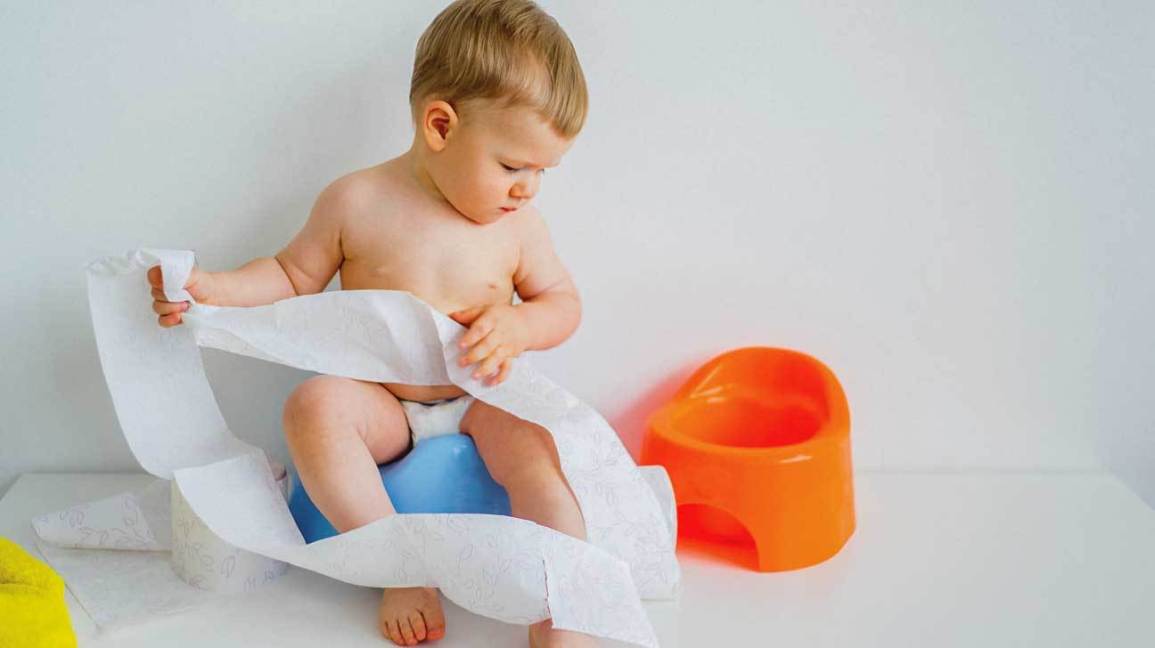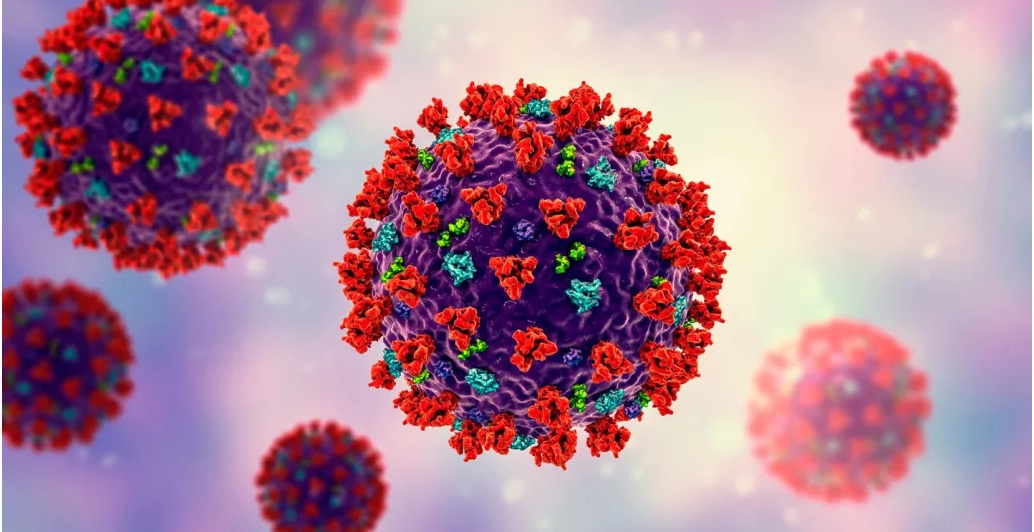
Toilet training is an important developmental milestone and can be a challenging step for both parents and toddlers. A child is considered fully toilet trained when they are conscious of the fact that they need to pass urine or open their bowels and can take themselves to the toilet without reminders from their parents.
A child’s ability to use a toilet or potty is influenced by gender, race, culture, socioeconomic status and the temperament of the child. There is considerable variation in potty training techniques across different generations and cultures.
Girls generally complete toilet training at an earlier age than boys. This is thought to be due to the fact that girls are more influenced by socialisation and that boys must adopt different postures for toileting depending on whether they are doing a pee or a poo. One study found that the average age for staying dry during the day was 32.5 and 35 months for girls and boys respectively.
Time to start toilet training
Starting too early will only cause frustration for you and your child. Starting too late is associated with increased cost of nappies, robs toddlers of their independence and limits enjoyment of social activities. In addition, there are health risks associated with delayed toilet training which includes urinary tract infections, bladder dysfunction, constipation and contracting diarrhea or hepatitis A from change facilities.
Toilet training is complex and involves several steps including being able to walk to and from a toilet/potty, sitting on a toilet/potty, doing a pee or poo, pulling pants down and back up, flushing the toilet and washing hands. As a general rule of thumb, toilet training should start between 18 months and 3 years of age.
Ready to be toilet trained
Some signs that your child may be ready to begin toilet training include:
Not needing to do a poo overnight;
The ability to pull training pants up and down;
Staying dry for longer periods (> 2 hours) during the day and waking up dry from day time sleeps;
Your toddler passes regular and soft poos;
Your toddler can indicate with words or actions that they need to do a poo or pee;
Your toddler can follow simple instructions;
Your toddler is uncomfortable in wet or pooey nappies and is able to indicate this;
Your toddler expresses curiosity in watching others go to the toilet;
Your toddler is able to sit in one position for 2–5 minutes.
Toilet training processes
From 12 months onwards it is appropriate to discuss toileting with your toddler. Children will naturally be interested in watching others use the toilet and this should be encouraged. Parents should use simple terminology like “poo” and “pee” and avoid negative words which may dissuade the toddler and make them self-conscious.
A potty seat with support for the toddler’s feet is ideal and encourages correct posture and technique. Too low and too high potty can cause problem with their acts.
At around 18 months a toddler can be put into training pants. Continue using nappies overnight and for long car trips or longer outings. Passing of poo into a potty is generally achieved before passing urine. Try putting the toddler on the potty at the time that they usually do a poo if this is predictable. Once the toddler has successfully done a poo into the potty on 2–3 occasions, they can be placed on the potty every 2–3 hours or asked whether or not they need to use the toilet at regular intervals.
Positive acknowledgement of a successful poo or pee into the potty is encouraged. Once the child is successfully using the potty teach him/her to wipe their bottom and wash their hands. Once daytime dryness is achieved, the next step is using training pants overnight until night time dryness is achieved.












0 Comments